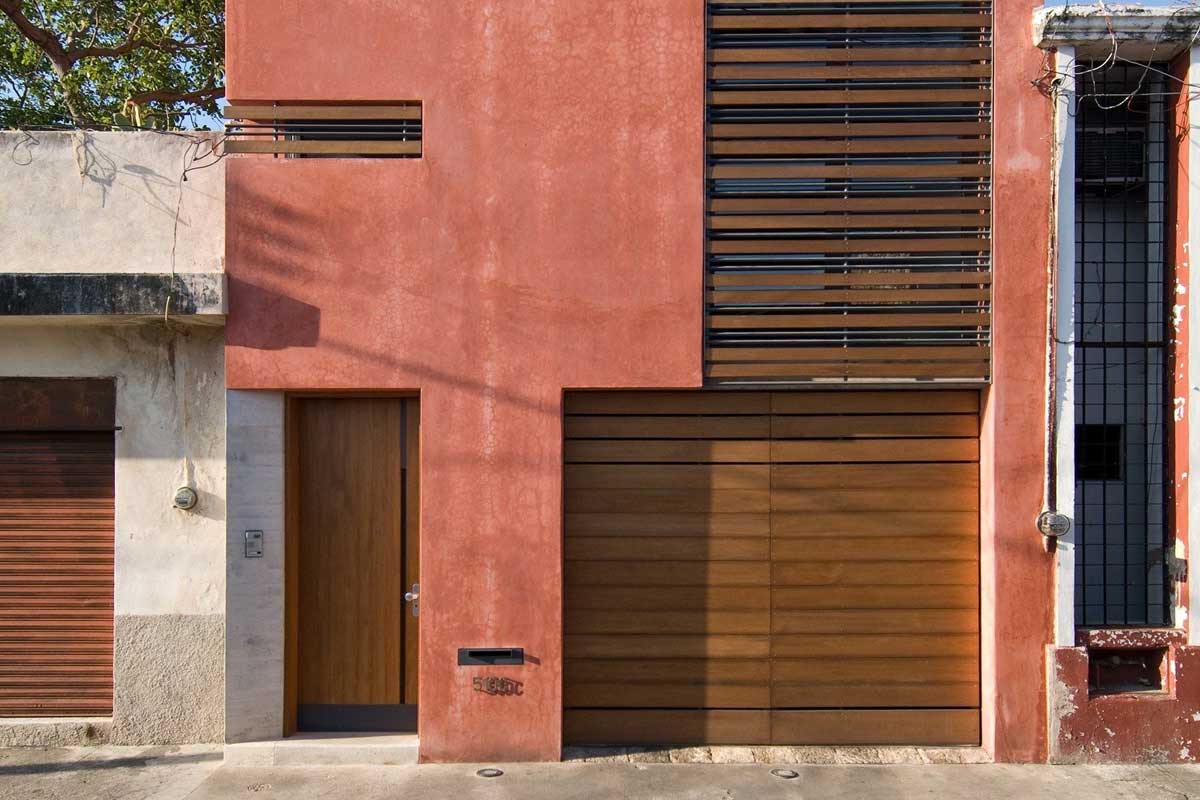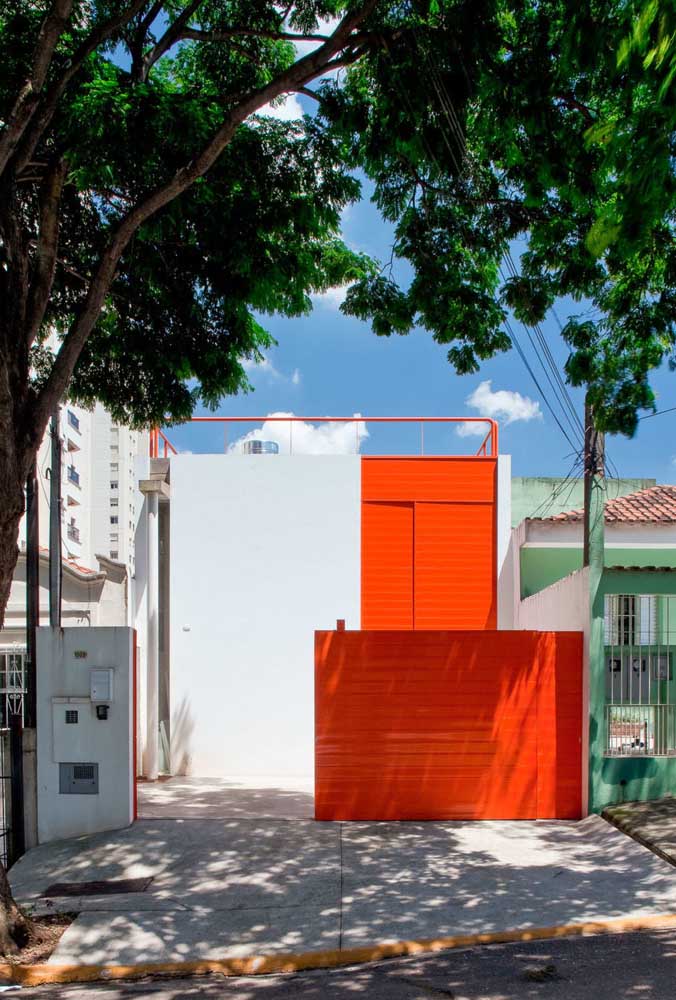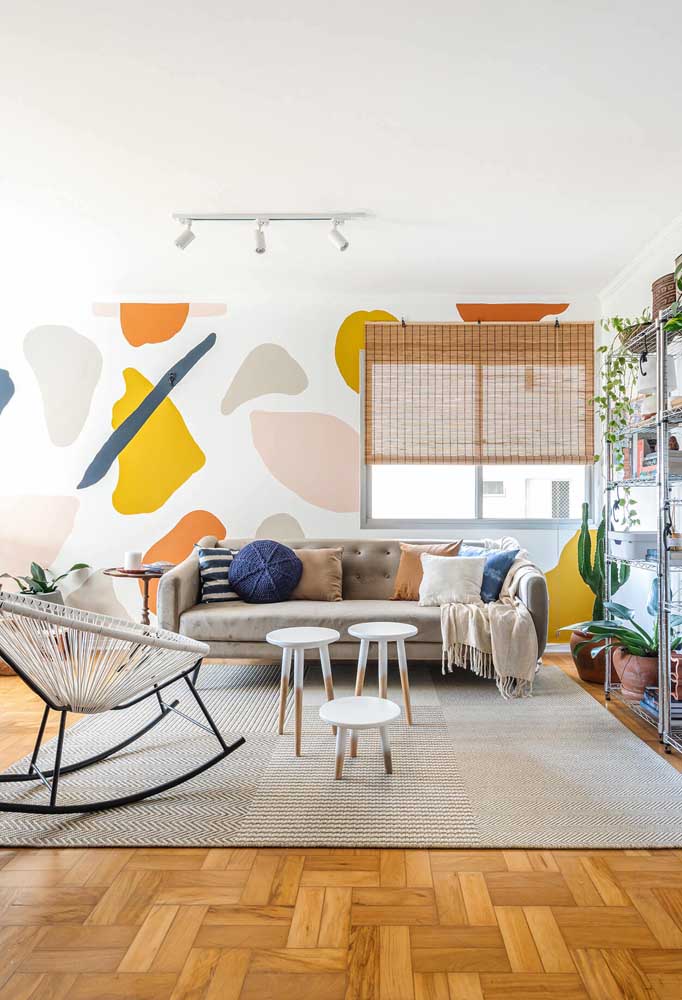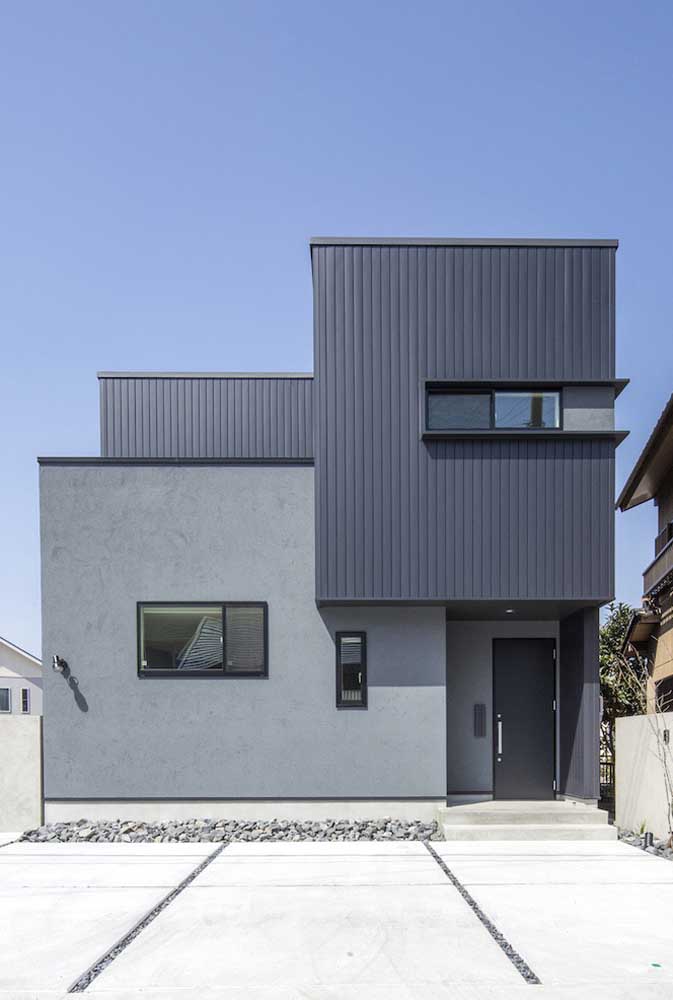Table of Contents

Painting is the most practical, quick and economical solution to change the look of the house, whether inside or out.
But when choosing the paint…oh, oh, oh! Problems begin! That’s because the wide variety of colors that exist on the market leaves anyone at a loss.
There are a lot of options, which is good, however, if you don’t have a clear definition in mind, you can leave the store with a bucket of paint and tremendous frustration at not knowing if that really was the best choice.
But I’m glad you have this post here to help you. We brought below many important tips and information to help you choose the color and, to top it off, still inspire you with beautiful images. Come and see!
House Painting: Tips for Getting the Paint Right
Environment and material
Before even thinking about choosing the paint you need to know the type of environment and the material that will be painted.
The internal masonry walls call for water-based PVA latex paints, which can be matte or satin. But in the case of external walls, it is important to choose a suitable paint capable of withstanding humidity and heat. In this case, generally, the option is for acrylic ink with UV protection.
The material where the paint will be applied also makes a difference. Wood and metal require synthetic enamel type paints.
Ink amount
You also need to know in advance the approximate amount of paint that will be needed to cover all the walls you want to paint.
This calculation is done in square meters and is very simple. All you have to do is calculate the height of the wall versus the length. For example, if you have a wall that is 2.50 meters high and 4 meters long, then that’s 10 square meters to be painted. Do this calculation with all walls and find the total amount.
Afterwards, just check the yield capacity per coat on the paint can. If the manufacturer indicates 10 square meters per liter, then two liters of paint will be needed to cover this wall with two coats.
sensations
What sensations do you want to express in the rooms or on the façade of the house? Class and sophistication? Modernity? Originality? Or do you prefer that warm and cozy feeling?
For each of these sensations there is a more suitable color. In general, neutral and cool colors, such as gray and more closed shades of blue, for example, are ideal for classic and sophisticated style environments, as well as Off White tones, for example.
Vibrant color combinations, such as blue and yellow or green and pink, are perfect for creative, original and youthful home paintings.
Prefer to create a modern atmosphere? Invest in the contrast between cool and neutral colors like black and white.
But if the goal is to create a cozy atmosphere, prefer earthy tones, slightly warm, as is the case with mustard and burnt pink tones, for example.
This simple observation is enough to make you eliminate a large number of colors and, consequently, facilitate the choice of the ideal color.
far beyond the wall
The painting of the house does not only involve the wall, but all the elements that make it up, such as doors and windows.
Therefore, it is important to choose the color of the walls based on the colors of the doors and windows. Here, for example, you can opt for contrast, marking these elements with stronger colors, or even keep everything in close tones, ensuring uniformity and amplitude.
It all depends on what you want to express with your house paint.
Budget
Another very important detail that should not be overlooked is the budget you have available for painting the house.
This is because paints that require preparation, that is, they are not available for prompt delivery, are usually more expensive than paints purchased ready-made.
This detail may not make a difference in a small room of a few square meters, but in a facade, for example, this cost can increase considerably.
Types of house painting
There are many different ways to apply paint to the wall and all of them will guarantee a specific effect and style. This is another important point that you need to define before starting the house painting, check out some of the most used:
Homogeneous painting
The homogeneous painting is the most classic and popular of all. This type of painting, as the name suggests, is homogeneous and regular. It covers the entire wall in a single color.
Homogeneous paint can be used on both internal and external walls.
half wall
The half wall has been one of the darlings of the moment and, despite all its popularity, its use ends up being limited to indoor environments.
This type of painting is generally very relaxed and the colors used are often contrasting.
Half-wall painting can be done horizontally or vertically, and horizontally the sensation is of a visually wider environment, whereas vertically the sensation is of a larger ceiling height.
tone on tone
Tone on tone painting is done with two or more tones of the same color applied to half walls or opposite walls.
This type of painting is elegant and modern and is often used to create volumetry on the façades.
Color combinations for house painting: analogous vs. complementary
You may have wondered which colors are the best match for your house paint.
This question is very common and rightly so, after all, there are hundreds of dozens of different color options.
But a good starting point is to choose between analogous or complementary color combinations.
And what would that be? It’s simple! Analogous colors are those found next to each other in the chromatic circle, such as blue and green or yellow and red. These colors are also used to form the famous tone on tone, when you start from a tone like dark blue to a greenish tone, passing from one palette to another with harmony and balance.
This type of combination is modern, but it doesn’t lose the elegant and sophisticated effect, since the contrast between the colors is low.
Complementary colors, on the other hand, are those that are in opposition in the chromatic circle, that is, they collide with each other. But that doesn’t mean they don’t match, on the contrary. The difference here is that these colors harmonize through difference and not through similarity, as with analogous colors.
A good example of a complementary color combination is yellow and blue. Another composition that has been successful is green and pink.
The complementary colors guarantee a relaxed, modern, cheerful and youthful touch to the house painting.
what color to paint the house
See below the most used colors in house painting:
earthy
Earth tones are a favorite for painting houses, especially facades. These colors are linked to earth tones and convey warmth, warmth and receptivity. In this palette, are the colors mustard, burnt pink, ocher, caramel, among others.
White
White is the king of neutral colors. It makes everything bright and spacious. It can be used in exterior and interior painting, although it is preferred inside homes. Modern, minimalist and classic aesthetics take full advantage of this color.
Gray
After white, gray has dominated the preference of those who want to paint the house. It’s neutral, modern and, believe it or not, cozy.
Gray, in fact, has currently been the alternative to beige, one of the preferred shades until a few years ago.
simulate before painting
If you still have doubts about which color to use in house painting, it’s worth betting on the ideas below to make the choice without fear of making a mistake. Check out:
Applications
Today virtually all ink brands have color testing applications. Suvinil, for example, has one of the most complete apps with the entire color catalog available, in addition to the possibility of testing the chosen color in the environment. Along the same line, you can find applications from the Coral and Sherwin-Willians brands.
paint samples
And if you’re still not satisfied, know that you can do a real color test. To do this, just go to a paint store and purchase a sample of the color and brand you want to use.
These samples are very affordable and available in small packages. Some, like Coral, have a 30ml version.
How much does a house paint cost?
Chosen color and ink, now the workmanship is missing. And, by any chance, do you have any idea how much the painting service costs?
Professional painters charge this type of service per square meter. Therefore, the larger the area, the greater the total cost.
Possible wall repairs, such as applying leveling paste, are also included in the budget.
The external painting is also usually more expensive than the internal one, due to the difficulty of access that these professionals end up having to paint, where in many cases it is even necessary to install scaffolding.
But, in general, the average price of this type of service is R$ 35 per square meter for exterior painting and R$ 30 per square meter for interior painting.
Check out 50 house painting images to inspire yours:
01. Exterior house painting with modern contrast between white and orange.

02. Relaxed interior painting in light and soft tones.

03. Different colors to enhance architectural details.^

04. Earth tones for a welcoming facade.

05. Enhance that corner of the house with a special painting.

06. Earth tones and wood: rusticity at the entrance of the house

07. Have you thought about a black painting for the living room?

08. The black base of the painting highlights the colored elements on the facade.

09. Half gray wall valuing the stairs.

10. Paint and texture.

11. Modern exterior painting in shade on gray












